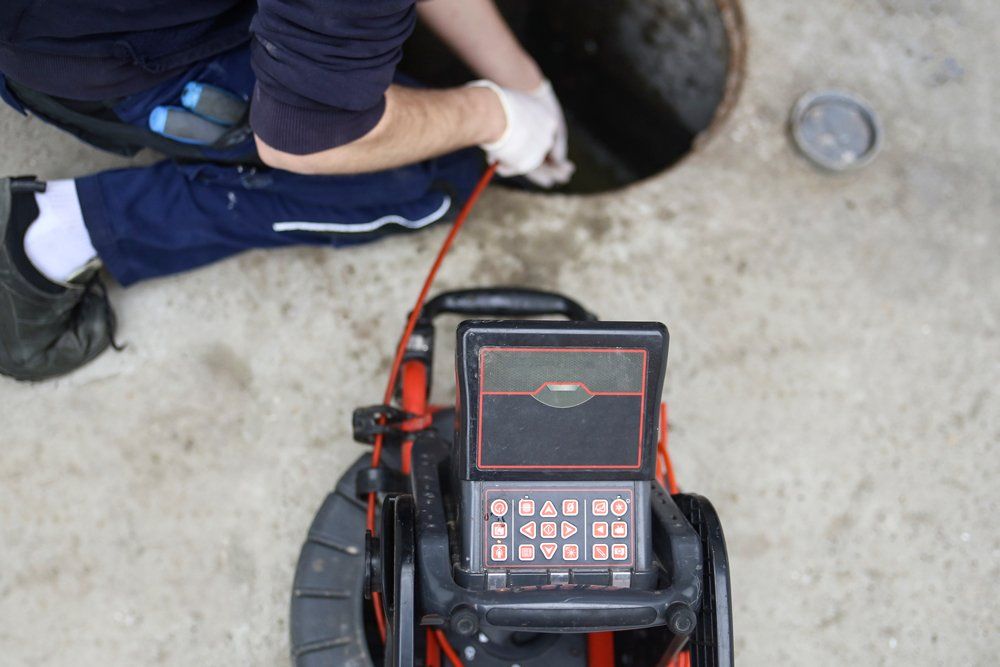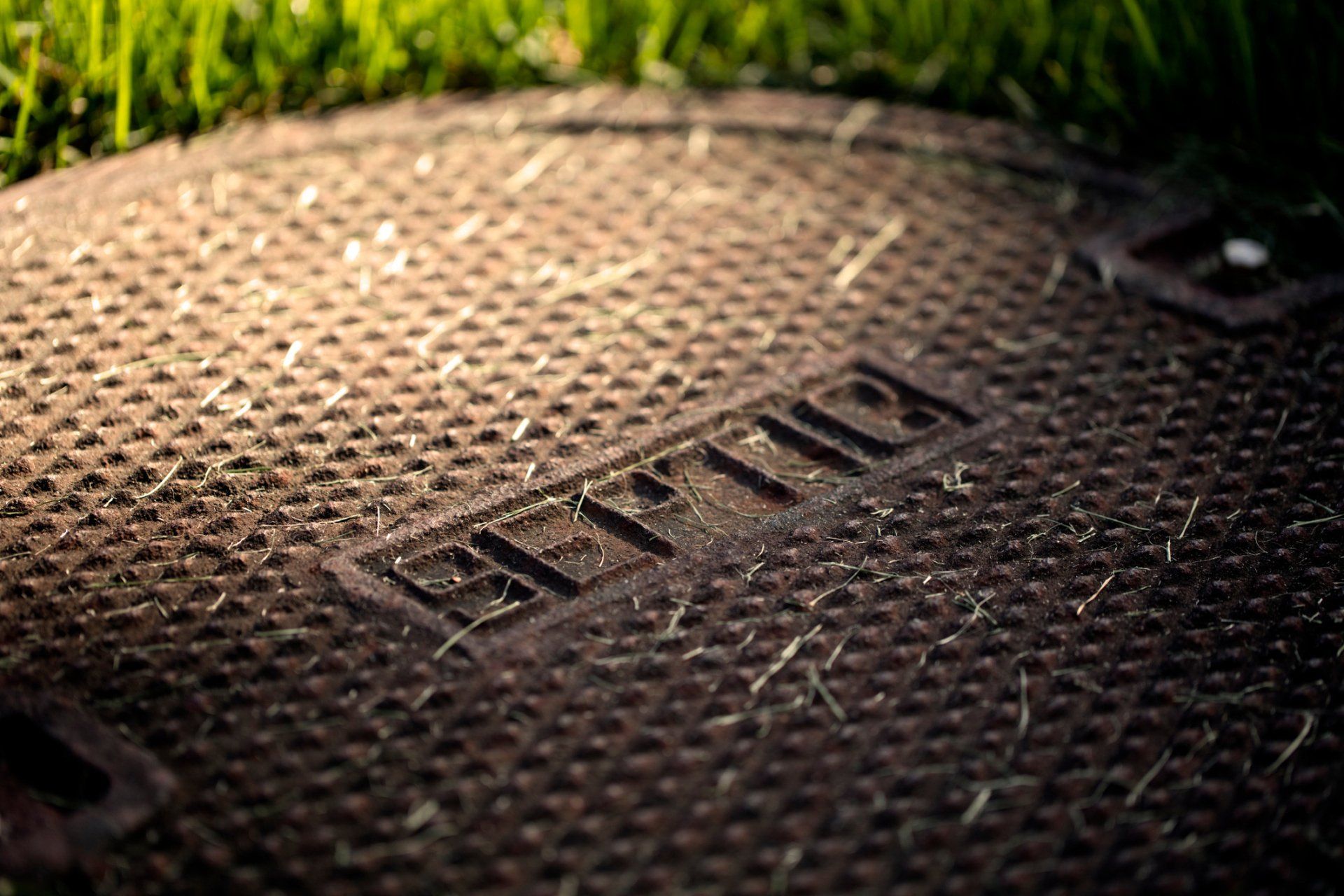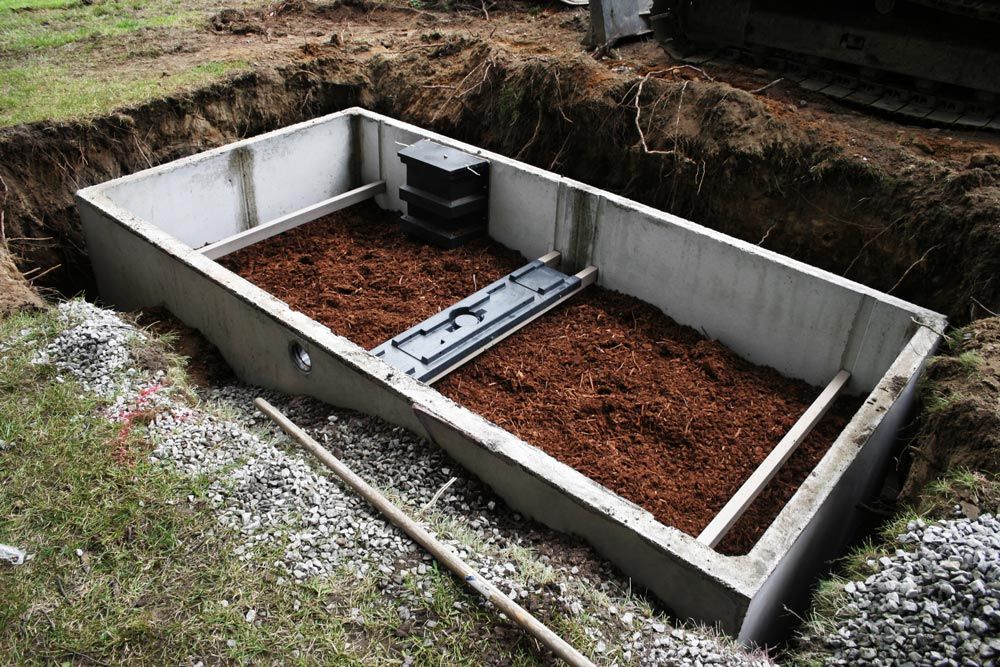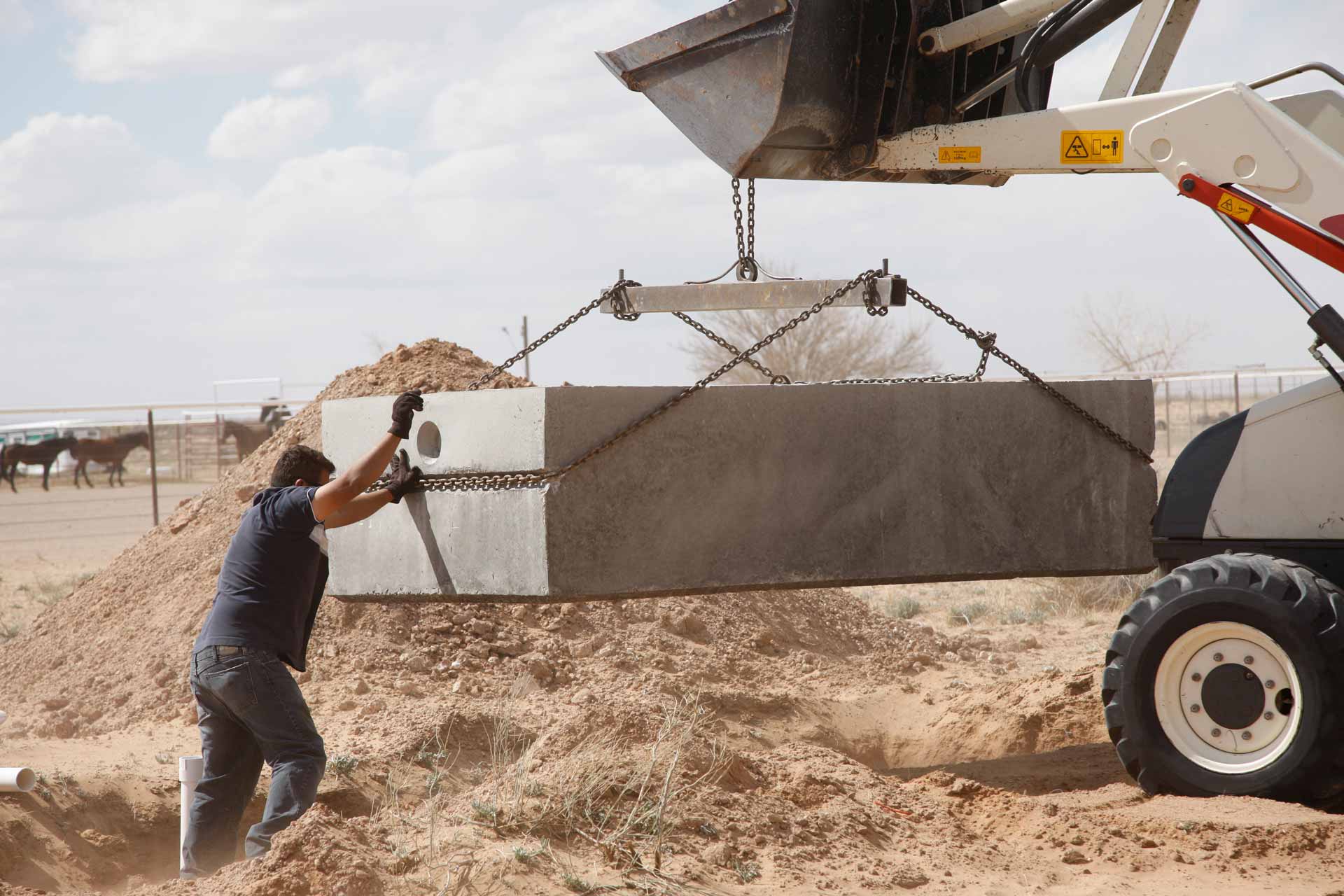WHAT IS LIKELY CAUSING YOUR SEPTIC SYSTEM TO PRODUCE UNPLEASANT ODORS
Admin • January 1, 2017
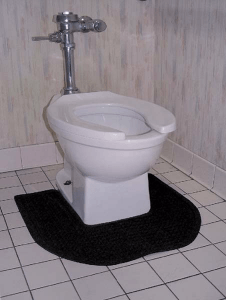
A well-functioning septic system seldom produces odors, but there are instances when smells can become problematic for homeowners. Much of the time, these smells are not due to problems with the underground components of the system. Instead, they are caused by other problems that lie outside of the tank and drain field.
Here are some causes of odors as well as some possible fixes that might help eliminate these smells.
PLUMBING PROBLEMS INSIDE THE HOME
If you catch a whiff of something unpleasant inside your home, such as the odor of rotten eggs, then you are probably smelling sewer gases leaking into your home. The most likely sources of these leaks are your plumbing fixtures, such as your toilets, sinks, tubs and showers.
Ordinarily, plumbing fixtures are designed to prevent sewer gases from intruding into your home, but occasional problems will allow sewer gases to penetrate your living space. There are a couple of common causes to keep in mind when evaluating these fixture failures such as the trap not forming inside fixture drain.
EMPTY PIPE TRAPS
If you open the cabinet door beneath your kitchen sink, you will notice the S or P shape of the drain pipe as it leaves the sink basin. This design is purposeful, as it permits a small amount of water to remain inside the curved portion of the drain and act as a barrier against gas intrusion.
Much like the kitchen drain, your other plumbing fixtures will also contain S- or P-shaped traps that serve the same purpose. These plumbing components are often hidden beneath the home or even buried in the concrete slab of the home.
Though traps are simple and work well most of the time to prevent odor intrusion, they are prone to failure if the water is permitted to fully evaporate. In addition, older traps may require removal and replacement because these obsolete traps don't seal properly against sewer gases. You definitely want malfunctioning sewer traps taken out of your home.
FAILED TOILET RINGS
Toilet wax rings seal the gap between the toilet and the drain opening. Most plumbers use wax rings that are designed to conform to openings, but while wax rings are inexpensive and reliable, they can also become brittle as they age. A brittle wax ring will crack and break, thus allowing sewer gas to vent through the opening.
The fix for bad toilet wax rings is simple, as replacement is the only viable option. Unfortunately, this can be a nasty, tough job that involves moving the toilet out of its current location to access the ring. The job is best suited for professionals who have the tools, training, and time to replace the toilet ring for you.
There are other potential causes of plumbing-related sewer gas odors such as broken fixtures and unknown penetrations into the vent system, but these are somewhat rare.
VENT STACK PROBLEMS
If you don't detect the presence of sewer gas odors inside your home, but are instead noticing these smells outside of the house, then you are likely experiencing a problem with the dispersion of the gas and possibly your vent stack. Vent stacks are vertical pipes which connect to the septic pipes inside your home and vent sewer gasses through your roof.
If your vent stack is failing or the vent system is becoming overwhelmed, then odors from the septic system can find their way into your living spaces. Much of the time, sewer gas dispersion into and around your home occurs from a blockage on the roof.
If you are experiencing sewer odors in or around your home, it is important to call a professionalto evaluate your situation and determine where the exact source of the odor is located. Expert plumbers can also provide solutions such as fitting existing vent structures with carbon-based filter boxes or even redirecting the exterior flow of air to uplift gases out of range.
If the septic system doesn't function properly, it could start to generate bad smells. Learn about common reasons why septic systems produce bad smells.
The roots of trees can penetrate your septic system and impede system performance. Learn a few steps to prevent tree and shrub roots from invading your tank.
Whether constructing a new home or replacing an old septic system, homeowners must decide on the type to install. See a few types of septic tanks.
Pumping your septic tank should be part of your home maintenance routine. How often you should pump your tank? Discover a few factors that determine that.
All septic system parts eventually fail. Read on to learn about some factors that determine how long your septic drain field will last.
Landlords should proactively maintain their septic tanks for health, safety, and compliance reasons. Discover essential maintenance tips.

